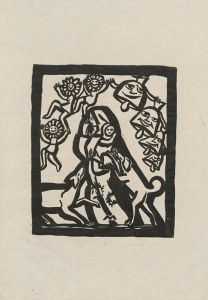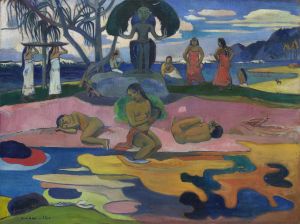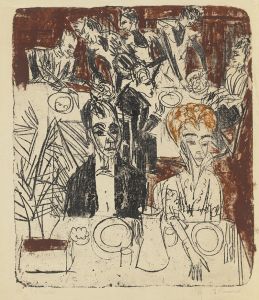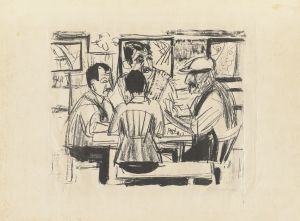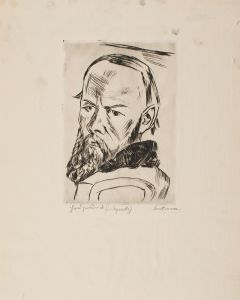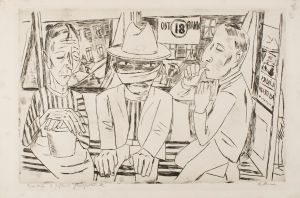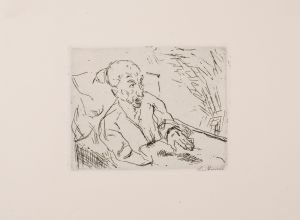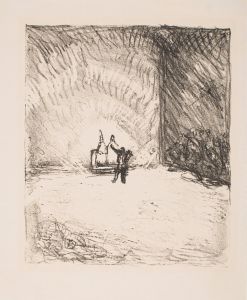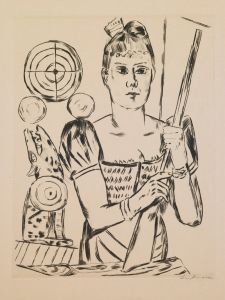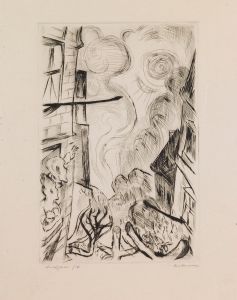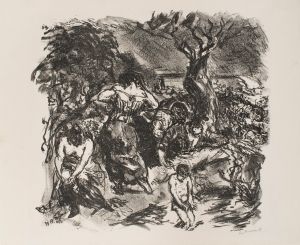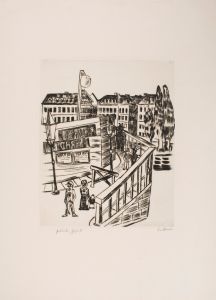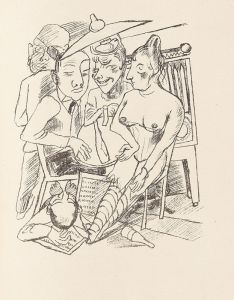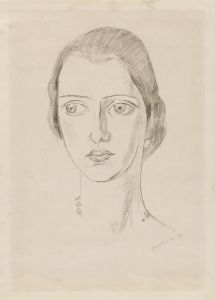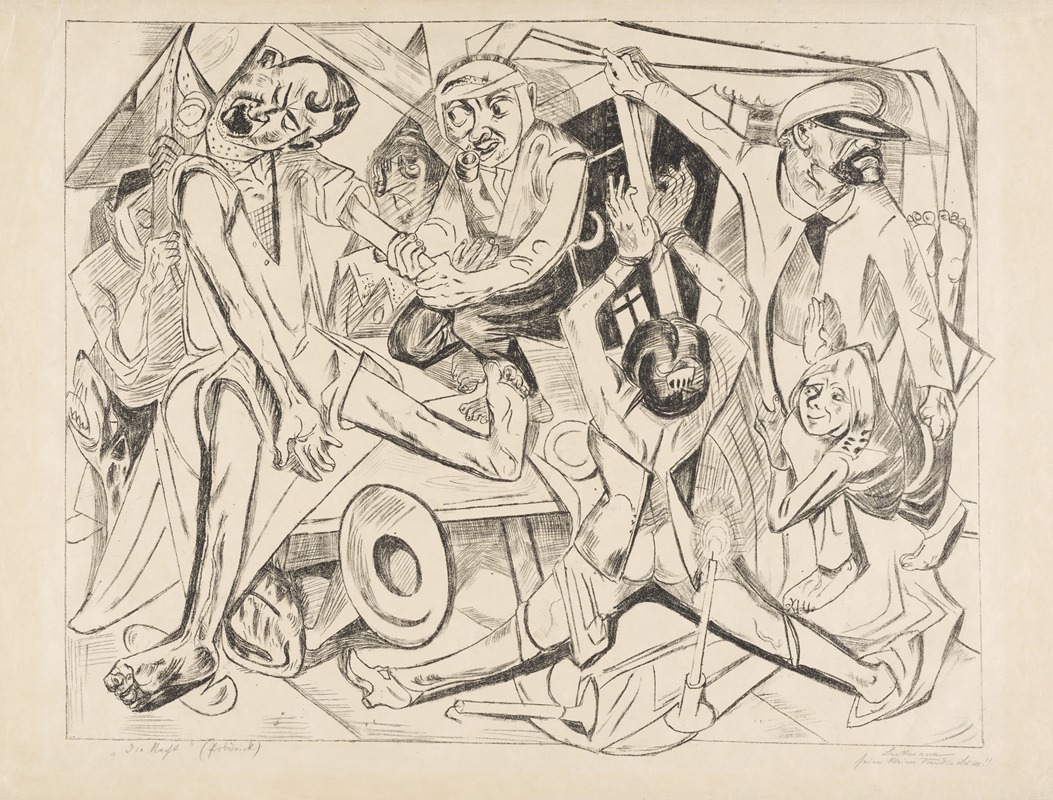
The Night
A hand-painted replica of Max Beckmann’s masterpiece The Night, meticulously crafted by professional artists to capture the true essence of the original. Each piece is created with museum-quality canvas and rare mineral pigments, carefully painted by experienced artists with delicate brushstrokes and rich, layered colors to perfectly recreate the texture of the original artwork. Unlike machine-printed reproductions, this hand-painted version brings the painting to life, infused with the artist’s emotions and skill in every stroke. Whether for personal collection or home decoration, it instantly elevates the artistic atmosphere of any space.
Max Beckmann's painting "The Night" is a significant work in the realm of modern art, created during the tumultuous period following World War I. Painted between 1918 and 1919, this piece is often regarded as a quintessential example of Beckmann's mature style, which is characterized by its intense emotional expression and complex symbolism.
"The Night" is an oil painting on canvas, measuring approximately 133 cm by 154 cm. It depicts a chaotic and violent scene set in a cramped interior space. The composition is filled with distorted figures engaged in acts of brutality and suffering, reflecting the social and political upheaval of the time. The painting's dark and oppressive atmosphere is heightened by Beckmann's use of stark contrasts and a limited color palette dominated by browns, blacks, and reds.
In the foreground, a man is bound and suspended from the ceiling, while another figure, possibly a woman, is being assaulted. A third figure, with a twisted expression, appears to be fleeing the scene. The distorted anatomy and exaggerated gestures of the figures contribute to the overall sense of disorientation and horror. This nightmarish quality is a hallmark of Beckmann's work, which often explores themes of existential angst and the darker aspects of human nature.
"The Night" is often interpreted as a response to the trauma and disillusionment that followed World War I. Beckmann, who served as a medical orderly during the war, was deeply affected by the experience, and his art reflects the psychological scars left by the conflict. The painting can be seen as a commentary on the breakdown of social order and the pervasive sense of chaos that characterized the post-war period in Germany.
Max Beckmann was associated with the New Objectivity movement, which emerged in Germany in the 1920s as a reaction against the emotionalism of Expressionism. However, his work is distinguished by its unique blend of realism and abstraction, as well as its focus on the human condition. "The Night" exemplifies Beckmann's ability to convey complex emotions and ideas through his distinctive visual language.
The painting is housed in the Kunstsammlung Nordrhein-Westfalen in Düsseldorf, Germany. It remains one of Beckmann's most celebrated works and continues to be studied for its powerful depiction of human suffering and resilience. "The Night" not only captures the historical context of its creation but also resonates with universal themes of violence and survival, making it a timeless piece of art.
Max Beckmann's influence extends beyond his own time, as his work has inspired subsequent generations of artists. "The Night" stands as a testament to his skill as a painter and his ability to confront the harsh realities of the world through art.





